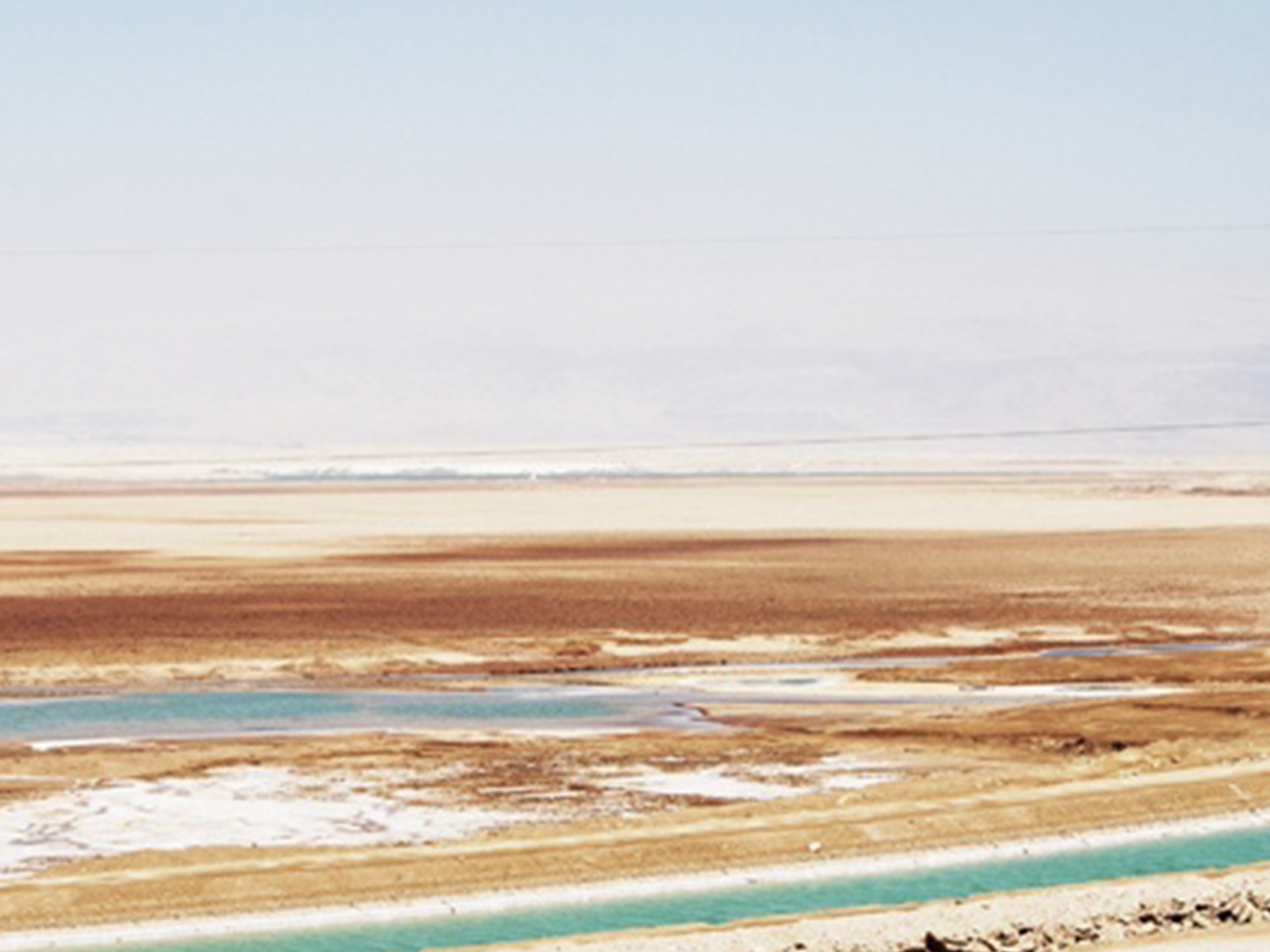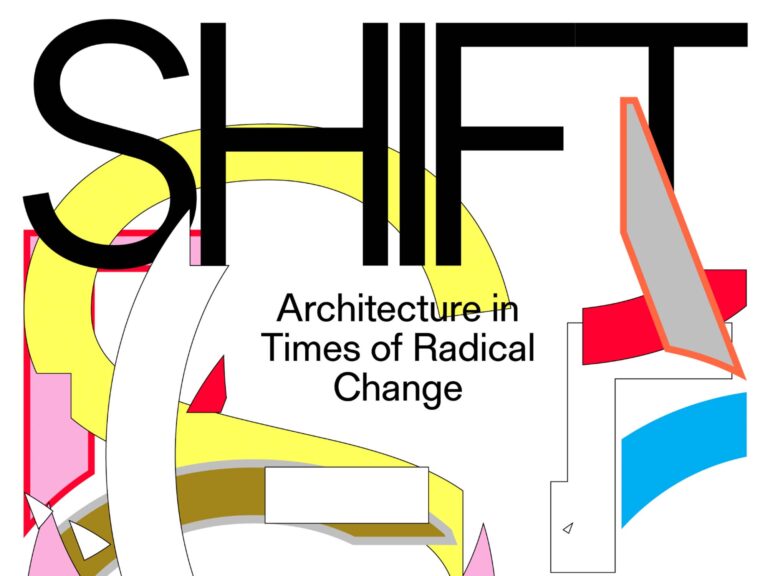Designer Erez Nevi Pana (1983) holds an MA from Design Academy Eindhoven in Holland, and lives and works in Israel and Eindhoven.
Through observation, sensitivity, and attentiveness to materials and environment, Nevi Pana conducts free and unconventional exploration without knowing where it will take him. On a hot summer day in 2013, Nevi Pana went hiking in the Judaean Desert. Against the backdrop of the Dead Sea’s desert landscape, between the desert dunes, he saw a white mountain, as pure and sparkling as diamonds. A vast mountain of salt. This salt mountain is a by-product of the Dead Sea Works – a fraction of what is pumped out of the sea, while twenty million tons of salt sink into its southern basin every year.
Since antiquity, salt has been associated with myths, beliefs, and rituals that cross countries and cultures. Where salt was traded, it served as currency attended by status and power, but human attention turned primarily to its preservation qualities, which accorded it royal status and turned it into a valuable and highly desirable resource.
Beating Salts engages with salt (NaCl) as a raw material with its familiar qualities, such as disappearance and crystallization, and reveals a three-year exploration process presenting two stages that emerged from it: Recrystallizing the Desert and Lot’s Wife. Presented at the center of the exhibition is the laboratory as a crossroads at which the two processes intersect. Observing the entire process raises questions about the material crumbling and disappearing in contrast with what exists, what is present. The eye can identify what is absent, and from it construct a new, separate reality. A kind of memory.
RECRYSTALLIZING THE DESERT
Out of a desire to repurpose the raw material, the designer embarks on an exploration in which he stretches the familiar boundaries of salt as a raw material, and redefines it. Salt crystals are scattered in specially created molds which, when heated to a very high temperature using solar energy or gas, results in recrystallization of the salt at high speed in contrast with the slow, natural geological process. Halting the heating process detaches the salt from the mold, and the raw material in its new form is ready for use. The obtained product has a white, pure, and prestigious appearance. “Poor man’s marble” obtained in an inexpensive and rapid process.
LOT’S WIFE
The question regarding the durability of the white material (the new raw material) and the desire to keep the object over time were central to continuation of the exploration process. Using a method that is characteristic of his work, Erez Nevi Pana combines different materials, and in this instance he mixes salt crystals and clay. The new material is fired in a traditional technique using a salt-firing kiln. Nevi Pana’s use of salt as a glaze for a vessel and as an overlay for an object makes maximal use of the material’s preservation abilities. The resulting product is an extraordinary combination of the material’s durability on the one hand, and the fragility and apparent impermanence of the initial raw material on the other. “Depth must be hidden. Where? On the surface” (Hugo von Hofmannsthal)
About Erez Nevi Pana
Born in Israel in 1983, Nevi Pana earned his Bachelor of Arts in Design from the Holon Institute of Technology in 2011 and Master of Arts from the Design Academy of Eindhoven in 2014, where his thesis focused on the recrystallization of salt. After graduation, Nevi Pana formed La Terrasse in Eindhoven as a platform for designers, artists, writers and thinkers in 2015.
Nevi Pana’s investigations of salt has developed into a long-term research project; he has been working with salt in the Dead Sea for the past eight years—investigating the devastating imbalance of an over-abundance of salt caused by the industrialization and mineral extraction of the region. The culmination of this research is a body of work entitled Bleached (2018), where Pana submerges wooden structures encased in loofah into the Dead Sea to absorb the wasted salt, which then crystallize like coral formations over time.
His works have been exhibited at museums worldwide, and have recently been included in the Beazley Designs of the Year exhibition (2018-19) at the Design Museum in London, and in Nature: Cooper Hewitt Design Triennial (2019-2020) co-organized by the Cooper Hewitt, Smithsonian Design Museum in New York and the Cube Design Museum in Kerkrade, the Netherlands.
Nevi Pana’s works have been acquired in the permanent collections such as The Design Museum Holon in Israel, and the FRAC Grand Large – Hauts-de-France in Dunkerque. In 2020, Nevi Pana created Crystalline, the world’s first commissioned work of salt-based architecture, which will debut in the National Gallery of Victoria’s NGV Triennial (2020-2021) in Melbourne and enter the museum’s permanent collection.
He is currently researching the topic of Vegan Design as a doctoral candidate at the University of Art and Design in Linz, Austria. Nevi Pana is based in Tel Aviv, Israel.










